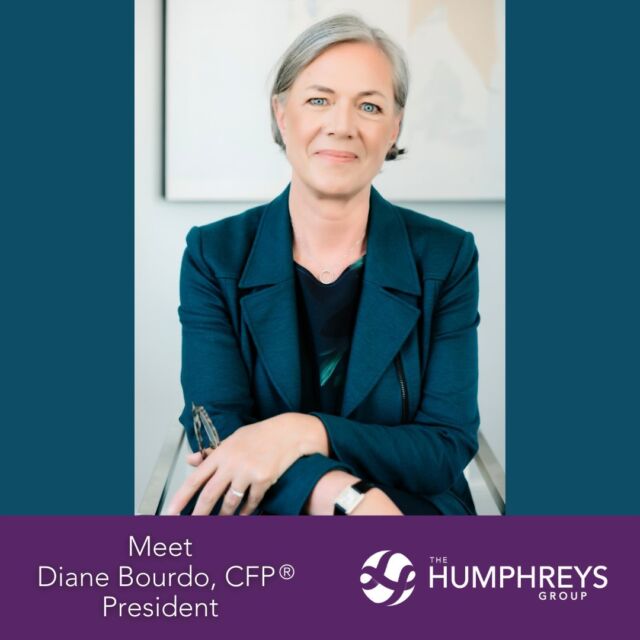Hallie Kraus, CFP®, CRPC®, and Financial Planner at The Humphreys Group, was recently featured in a Yahoo! Finance article titled “How Much Should I Contribute To My 401(k)?”
The piece provides insight into how to determine the right 401(k) contribution rate for a secure retirement. It emphasizes that saving for retirement doesn’t have to be overwhelming, and starting with small, consistent steps can make a big difference over time. Specifically, the article outlines three key factors to consider when deciding how much to contribute to your 401(k):
Your Age When You Start Saving: The earlier you start, the greater your potential for growth. Those starting in their 20s should aim for at least a 6% contribution rate and increase it annually. If you’re starting later, in your 40s or 50s, contributing 15% or more may help you catch up.
Employer Matching Contributions: Take advantage of free money from your employer. Contribute enough to maximize their match, which can significantly boost your retirement savings.
Your Salary and Expenses: If contributing the ideal 15% feels out of reach, start with any amount you can manage—even $25 a month. Small contributions, when invested, can compound over time and grow into meaningful savings.
The article also recommends strategies for increasing contributions over time, such as using auto-escalation features, keeping lifestyle spending steady during pay raises, and trimming unnecessary expenses.
Hallie reminds readers that even modest contributions, made consistently, can set the stage for a financially secure retirement. “Starting with anything is better than nothing,” said Kraus. By tailoring your savings strategy to your circumstances, you can build momentum and take control of your financial future.
The Humphreys Group, a women-owned and women-operated wealth management firm based in San Francisco, California, is dedicated to helping clients confidently navigate their financial lives. Specializing in personalized financial planning and disciplined asset management, they offer resources to assist clients in balancing their financial support for loved ones without compromising their financial well-being. Their team guides proactive financial conversations and setting personal boundaries to help their clients maintain healthy relationships and financial stability.























